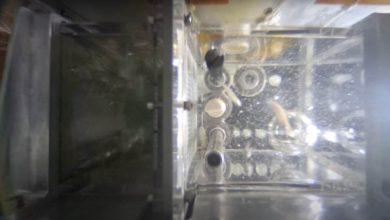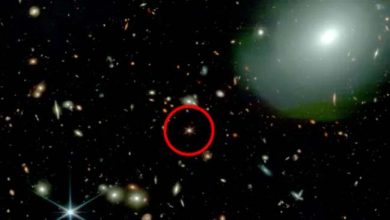Banana’s near doom, but they’ve found the key to survival

The science: The bananas you find in your supermarket and eat for breakfast are facing functional extinction due to a disease called Fusarium Wilt of Banana (FWB), caused by a fungal pathogen called Fusarium oxysporum f.sp. cubense (Foc) tropical race 4 (TR4). However, thanks to recent research by an international team of scientists led by the University of Massachusetts Amherst, we now know that Foc TR4 did not evolve from the strain that decimated commercial banana crops in the 1950s, and that the toxicity of this new strain appears to be due to some accessory genes linked to the production of nitric oxide. The research, published in Nature Microbiology, opens the door to treatments and strategies that could slow – if not control – the as yet uncontrolled spread of Foc TR4.
“The kind of banana we eat today is not the same as what your grandparents ate. Those old bananas, the Gros Michel bananas, are functionally extinct, having fallen victim to the first fusarium outbreak in the 1950s,” says Li-Jun Ma, a professor of biochemistry and molecular biology at UMass Amherst and the paper’s senior author. Today, the most popular type of commercially available banana is the Cavendish variety, which was developed as a disease-resistant response to the Gros Michel extinction. For nearly 40 years, the Cavendish banana flourished in vast monoculture plantations around the world, supplying most of the world’s commercial banana crop. But by the 1990s, the Cavendish banana’s good days were starting to come to an end. “There was another outbreak of banana wilt,” says lead author Yong Zhang, who completed his doctorate in UMass Amherst’s Organismic and Evolutionary Biology Program under Ma’s direction. “It spread like wildfire from Southeast Asia to Africa and Central America.” “We have spent the last 10 years studying this new outbreak of banana wilt,” says Ma, who is an expert on Fusarium oxysporum, which is not a single species but a “species complex” with hundreds of different varieties that specialize in affecting different plant hosts. These varieties are determined by the acquisition of strain-specific accessory genes in addition to a shared core genome. “We now know that the pathogen TR4 that destroys Cavendish bananas did not evolve from the species that destroyed Gros Michel bananas. The genome of TR4 contains some accessory genes that are associated with the production of nitric oxide, which appears to be the main factor in TR4’s toxicity.”





